Do you kill your plants often? Well here are some important tips on How Not To Kill Plants In Containers to keep them happy and thriving!
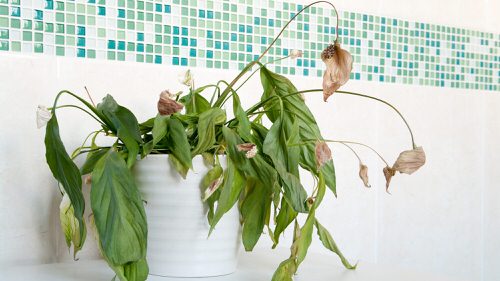
Here’s everything you need to know about How Not To Kill Plants In Containers. Follow these handy tips to keep your indoor plants happy and healthy!
Check out our article on how to dispose of diseased and damaged plants here
How Not To Kill Plants In Containers
1. Overwatering

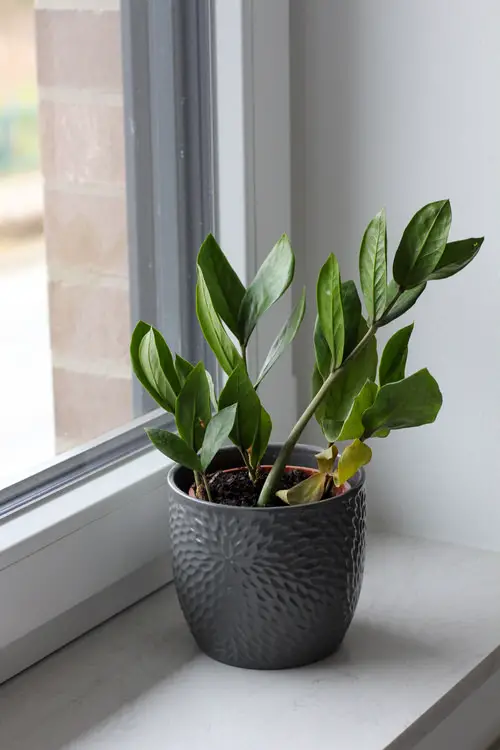
Many new gardeners believe that the more they water, the better. All plants (including non-potted plants) have different watering needs. The easiest solution to avoid this problem is knowing the moisture level required by each plant.
The majority of plants (except moisture-loving plants) do well when the top surface of the substrate dries out between the watering spells; others require the soil to be kept slightly moist.
A good method is to poke your finger into the soil about an inch deep and feel if it is wet or rather dry.
2. Underwatering
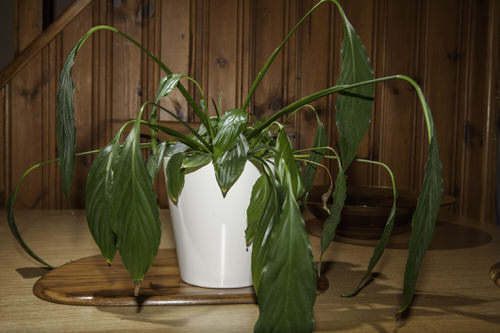
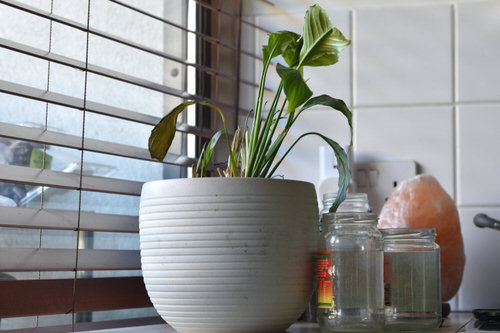
It is equally harmful to the plants and t is essential to know the moisture requirements of each plant to keep them healthy. Also, it is obvious, in summer all the plants require more water, and you should double the amount of water.
When you water your plants, do it thoroughly, so that the entire substrate moistens well and the slight amount of water seeps out from the bottom holes of the pots and then wait for it to dry (with the method of poking your finger) and then water again.
3. Get all the Information About the Plant

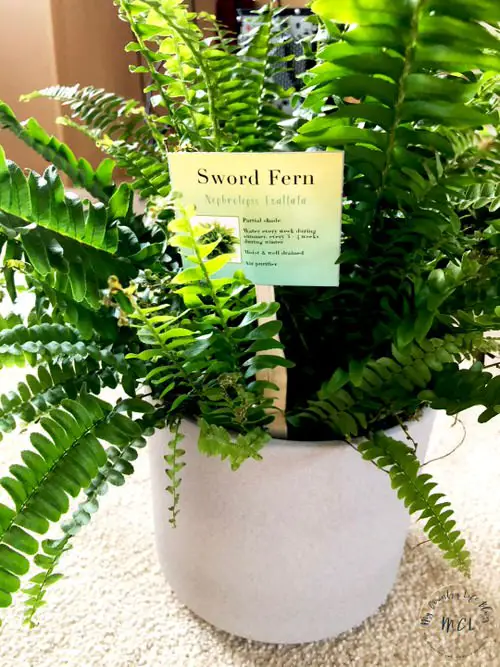
No two plants are identical. The number one thing you should do is read the instructions that come with the plant you have acquired. Always, when you purchase plants in the nursery ask them about the growing requirements.
Whenever you get a new plant search about it thoroughly on the web. There are many gardening websites (ours too) and blogs of enthusiastic gardeners who have excellent information about plants.
4. Too Little or Too Much Sunlight
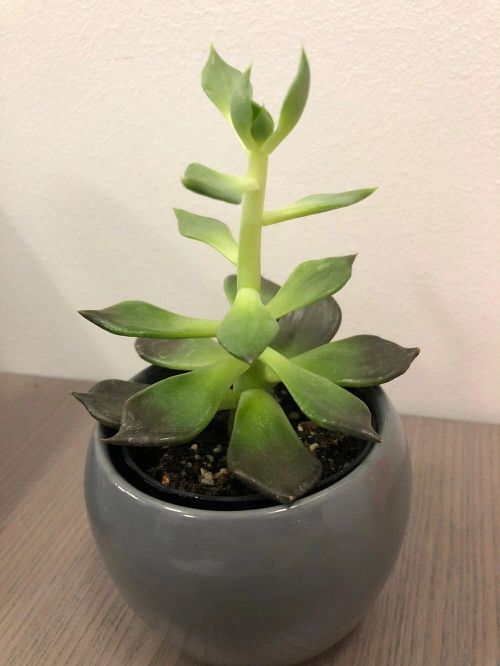
According to experts, the plants themselves can tell us if they are getting the right amount of light or not.
For example, the leaves may change color or become scorched or brownish if they are getting too much sunlight.
On the other hand, if you notice that your plant is “stretching its neck” toward the light or the leaves are excessively bigger then they definitely need more light.
One thing to note is that when the warm climate plants are grown in colder zones (whether they are grown there in full or part sun), they require full sun. Similarly, the temperate plants in warm tropics grow best in part sun or shade.
5. Moving or Changing Position of Plants
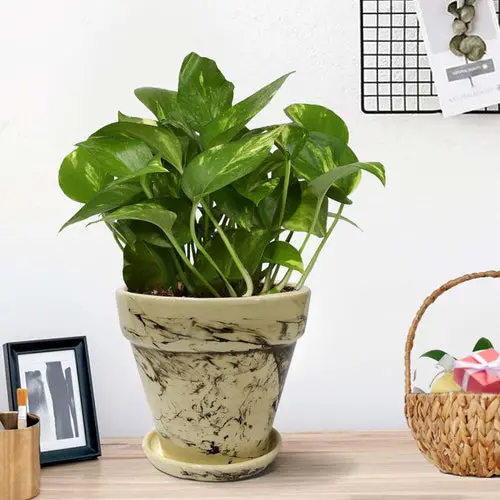
Plants get used to the place they are placed on and do not like being moved constantly. If one of your plants is thriving correctly under certain temperatures and conditions, avoid moving it to another place as it could make it difficult for the plant to adapt to its new place.
6. Incorrect Soil
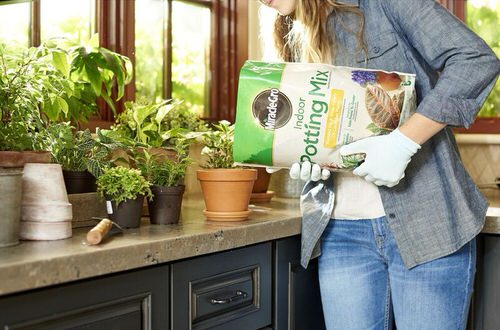
Each plant species has different planting needs and soil requirements. Do proper research about the soil type before planting any plant.
You can also make your own light and crumbly soilless mix or buy an organic potting mix of good quality.
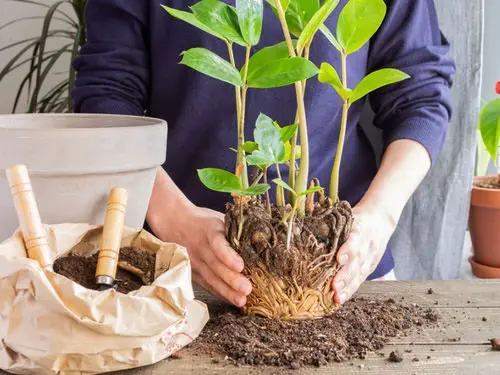

Potted plants may feel “subjected” to their containers. The majority of them outgrow their pots over a period of about one to two years (depending on how quickly they grow).
It is important that you transplant them into a larger container with fresh and well-nourished potting soil. You can prune the roots of your plants if you don’t want to change their existing pot.
One of the signs to know when to transplant is when the leaves turn yellow, the plant stops growing or seems thirsty and requires water again and again. Even in some cases, you can see that the roots are coming out from the drainage holes.
8. Ignoring the Pests
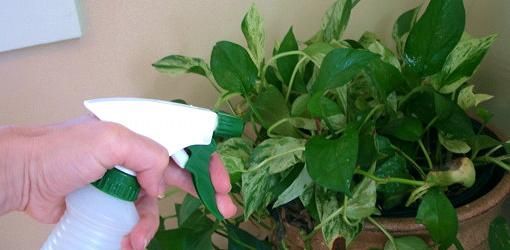
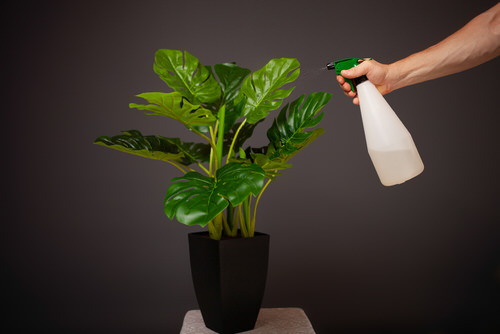
Some of the most common pests that can affect your potted plants are aphids, spider mites, scales, whiteflies, and mealybugs.
Whenever you buy a new plant, scrutinize it to see any sign of pests or diseases. Keep an eye on diseased or weak plants or the ones that are in stress; pests prefer to attack such plants.
Look at the inside of leaves and tips of the plants; these are the parts that pests infest most. If pests are already damaging your plants, first identify what type of pests they are and then treat them appropriately, prefer organic pesticides.
9. Carelessness
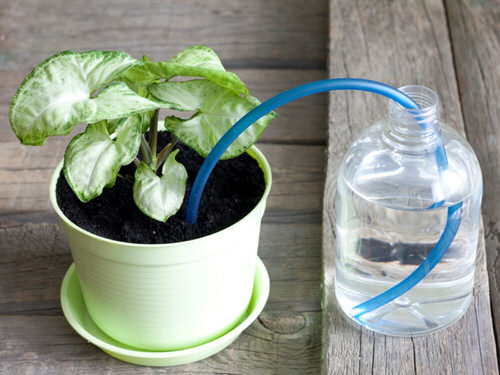
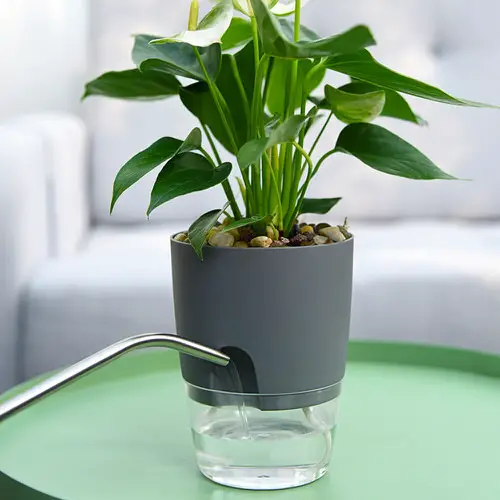
Are you going on a vacation? It is good for you but not for your potted plants. Be sure to make arrangements for them.
Ask someone to come and water the plants when you are away. Another option is to use self-watering containers, they are great especially if you’re a busy person and often forget about watering your plants.
10. Less or No Fertilizer
Potted plants depend on soil nutrients and can often require supplements to grow better and healthy besides improving the production of flowers and fruits.
Using a balanced fertilizer (easily available) regularly and according to the package instructions, you can ensure that your plants are getting all the nutrients they need.
While most of your plants do well with a balanced fertilizer, there may be some that require a specific combination of nutrients.
11. Overfertilization
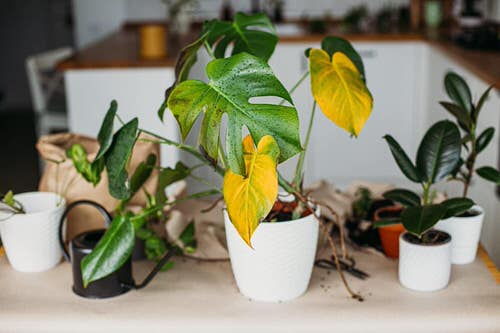
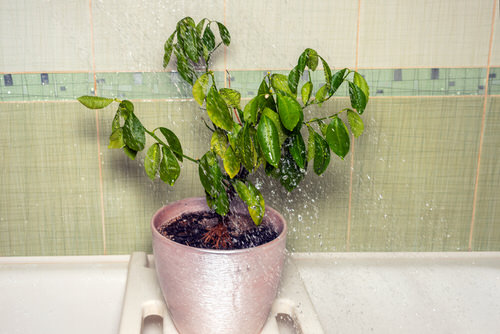
Overfertilization can also harm your plants. It can even kill them. Fertilizers, when used in excess, can damage the roots.
If you see the symptoms like yellowing and wilting of lower leaves, browning leaf tips, and its margins, defoliation, slow or no growth, then it is possible that your plant is suffering from overfertilization.
12. No Pinching, Deadheading, and Pruning
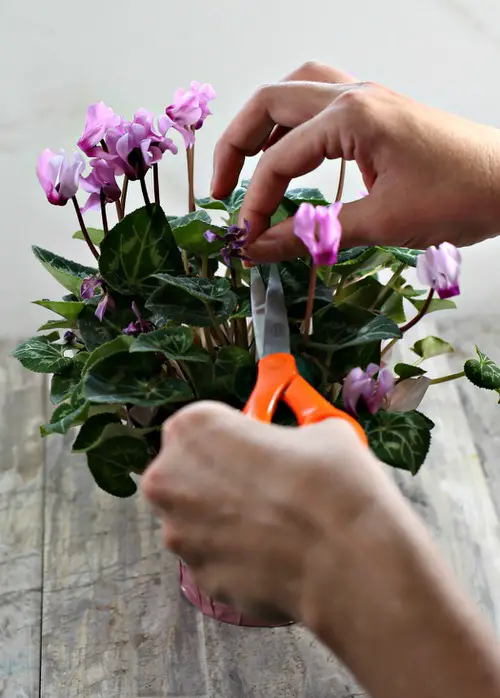
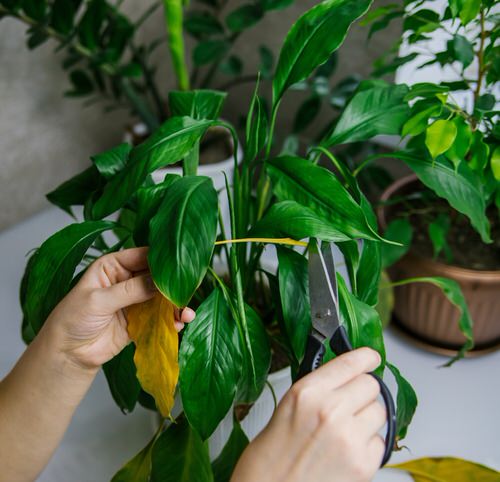
If you want bushier growth, pinch the tips of young plants. Also, many flowering plants require “deadheading,” which means picking and removing the old flowers to promote new ones.
Potted plants require pruning too, and on time, some of the fruits and flowering plants produce only on new branches, so if you must not ignore pruning.
13. Exposing Plants Extreme Temperatures
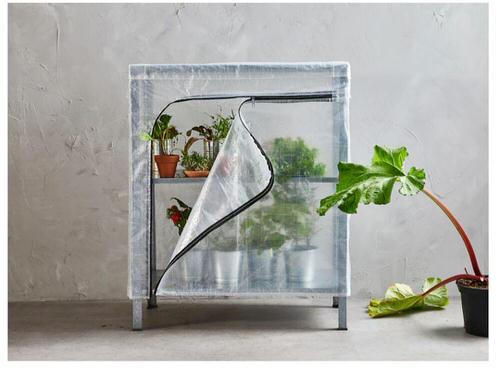
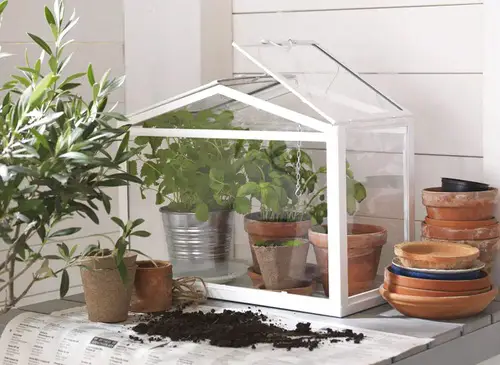
If you research carefully about the plants, you’ll find how much temperature (maximum or minimum) they tolerate best. In winters, if required, it is good if you protect such plants by keeping them indoors or in a greenhouse.
If you’re living in a warm climate where summers are hot, protect your plants from the intense sun in summer.


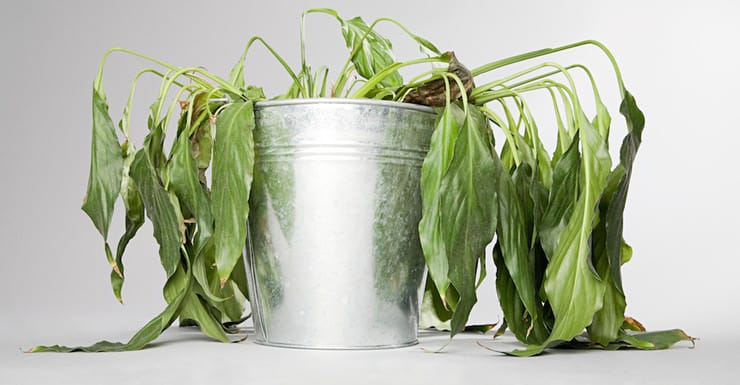

I wish there was a “Print” icon on this page so we could do a hard copie to keep for future refference.
Hi Bill, Thank you for the feedback. We will try to include this feature in future.
Agree, I would like to print too.
You could just “copy” the portion of the article you like (some will copy which you can remove) and PASTE it into a WORD document. Then go into the word document a “cut” the things you don’t want. I do it all the time. But a “PRINT” button can do that selection for you.
I’m looking for instructions on how to care for basil? I bought a basil plant and I always kill them. HELP
Thank you
https://bonnieplants.com/growing/growing-basil/
Hi had two box hedge topery trees in containers but they got wind burn. Changed the plants to pink saliva but they seem to have died any suggestions of what type of plant that can be planted to stand some wind but my germaniums are ten years old and still thriving on a balcony.
try any of the various and colorful species that are easy to grow called the “Wondering Jew”. great indoor plant to remove toxins in your home or a outdoor plant for color and texture. chose to plant in hanging baskets or potted plants B.C. both are beautiful.
If you’re gardening on a windy balcony try any of the Cordilines. The green are the hardier ones, but they also come in beautiful pink, red and varigated colours. The phormiums (New Zealand Flax) are similar but without the trunk and are very hardy. Most coastal plants do well in windy areas, so long as they don’t get a very bad prolonged frost. Put a Vinca illumination in with the above. It’s green and gold with a blue flowers and will trail over the pot edge. Hope this helps.
nice suggestions
Using container plants is the easiest way of planting and decorating your home. However, there are certain mistakes that new planters often make. The points clearly explain what planters need to do to avoid killing the plants in the containers.
Can I use “old dirt” that has been in pots for over a year? It still looks good and feels good. It’s been in the garage still in the pots where the plants were.
Do I need to mix it with new potting soil?
Or should I just throw it all out and start over?
It is spent of its nutrients but you could leave 60% of the soil and add 20 % compost and 20 % new potting soil and just use a liquid fertilizer every 2weeks for your new plants.
Thanks for the tip about poking my finger in the soil in order to gauge how wet or dry it is. I’ve been consider buying plants from plant nurseries in order to instantly repopulate the plants in my garden after a lot of them were destroyed by a bunch of stray raccoons last month. I should be careful about which one I’d take so that I can be sure that they are compatible with the climate of the state where I live.